Design Principles for Parts management
OneLogistics Design Principles for Parts management
1. All item numbers are managed globally in SAP by the global item managers. Item master data is loaded into the OneLogistics IT system.
2. The global item managers decide on the total required stock levels for the entire European region (based on the concept of Europe as one virtual warehouse). OneLogistics decides on the distribution of these inventories among local stock points and the central warehouse(s) in the region.
3. OneLogistics is responsible for the management of the GSP in the European region.
4. European inventories are visible and managed in the OneLogistics software solution. Global stocks outside of Europe are only visible in SAP. OneLogistics can view SAP data.
5. Initial stock levels (safety stock levels, order levels and order quantities) are defined by the global item managers, where the European region is regarded as one virtual warehouse. These stock levels are based on assumptions such as forecast and/or planned demand, supply and repair lead times, etc.
6. OneLogistics monitors the agreements (e.g., repair lead times) and contacts sources of supply/repair if necessary. OneLogistics also monitors reliability figures based on historical usage. It proactively informs the global item management team of influencing factors for the required amount of stock and discusses these issues if needed.
7. Initial provisioning is a responsibility of the customer and the JPO/PSI.
8. Local stock levels are defined by OneLogistics under the limitations of the
9. (European) inventory levels set by the item managers. These local stock levels
10. (order level and order quantity) are imported in ALIS.
11. ALIS takes care of timely ordering to ensure resupply of local stocks. While the
12. central European warehouse is the standard source of supply, resupply occurs fully automatically. Thus, local resupply is done by ALIS and is visible to OneLogistics. OneLogistics only responds in the case of exceptions.
13. Resupply of the central warehouse is generated by OneLogistics. Proposed new buys are always checked with the global item manager to prevent overstocks elsewhere. New buy orders above a certain financial value are reviewed by the global item manager. Below this financial threshold, OneLogistics orders directly from the vendor on behalf of the global item manager (JPO/PSI) and within a framework agreement. Billing is always done with the JPO/PSI.
14. OneLogistics continuously optimizes stock distribution in the European region to guarantee an optimal solution (performance and cost).
15. In case of perceived under or overstock situations, OneLogistics informs the global item managers.
16. OneLogistics has total visibility and control over all LRCs in the European supply chain (stocks in the Operational Unit warehouses, in transit, at repair vendors, and in warehouses at Depots). SRC stocks and consumables at repair vendors are (in principle) not visible in the OneLogistics software solution.
OneLogistics Design Principles for Contracting
1. All (framework) agreements with vendors are contracted by the global item manager.
2. The JPO/PSI arranges the initial agreements with LSPs, including the EATC, for example.
3. Billing is taken care of by the JPO/PSI (Ship to = Central Warehouse Europe, Bill to = JPO/PSI).
4. The acting procurement officer (global item manager or OneLogistics planner) takes care of the transportation from the non-European source of supply to the European POE, which can be the final destination (direct shipments). OneLogistics takes care of the physical handling and transportation from the European POE to the customer’s location or final European destination, except for direct shipments.
OneLogistics Design Principles for Repairable parts
1. Repaired LRCs are stocked at the repair vendors’ locations, which are identified as stocking locations in the OneLogistics IT system.
2. Inventory control of (the total volume of) repairable parts is based on the virtual inventory in the European network.
3. Repair vendors are responsible for their own supply management of SRCs and consumables.
4. By definition, broken repairable parts are always sent to the repair vendor and are repaired immediately (so there is no buildup of broken spare parts and/or batching for repair).
5. Global item managers decide on the required number of LRCs (order levels) in the European network. OneLogistics takes care of fulfilling these inventory levels by ordering new parts or repairs (new parts above a certain financial threshold are ordered by the global item manager). The need for a replacement item (in case of scrap) is posted to the global item manager (who then can decide on the source and reduce overstocks in other regions). The item manager assigns a part/serial number to the European region or orders a new part at the supplier (this includes arranging the transportation from the source to Europe).

for the F-35 sustainment program













